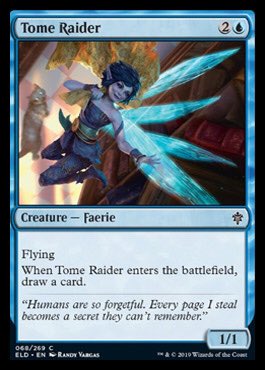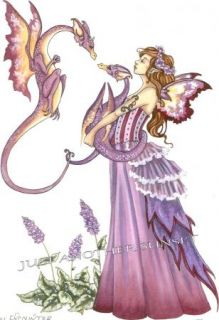


He is a small fairy standing about two feet tall and helps with household chores once the lady of the house goes to sleep. He’s a house fairy that lives in old manors and homes in Scotland. Not only does she help with household chores, she watches over children and animals in the house. Her face is wrinkly and she stands no taller than a few feet. When the bean-tighe is spotted, she’s typically wearing tattered house-clothes. The name bean-tighe translates to “woman of the house”. The main difference between the bean-tighe and the brownie gender: the bean-tighe is female. She is a pleasant type of fairy that lives in a family’s household and helps with their chores. The bean-tighe (bantee) is the Irish version of the Scottish brownie. Her presence is an omen of imminent death and therefore many people fear this type of fairy. If you see her washing bloody shrouds in the river, it’s also a sign you or your family member will soon depart. Her scream is heard right before someone dies, sometimes right outside the dying’s window. This type of fairy is believed to be attached to the old noble Irish families. And some believe they are one-in-the-same. The Morrigan, who is a Celtic war goddess, is often associated with the banshee. She is also known as the Washer at the Fords and the Wailing Woman. The bean-sidhe (banshee) is probably the most well-known death fairy from Irish lore. If they’re not in a house, they’re scaring travelers on rural roads. Enter the story of the boogey-man coming out at night and tormenting children. Legend says they chew on the wood like a termite and will try to suffocate children at night. A boggart is not a good fairy to have in your house, as they seek to destroy your home. Some people believe brownies turn into boggarts when angered. They look like the Scottish brownie, but they aren’t nice. The Scottish boggart may be the original “boogie-man” or “bogey man”. Alven aren’t typically mean to human beings, unless you desecrate their home or pick night-blooming flowers near their sacred river.
#Pixie creature full
They come out in hordes on the full moon, dancing and playing in the moonlight reflected on the water. This is why their other name is ottermaaner. When seen, alven are tiny enough to fit in a bubble OR sometimes take the shapeshifted form of an otter. Alven travel by way of bubbles – they get inside bubbles and float along to their destination. Though the River Elbe is particularly sacred to them. AlvenĪlven are a type of fairy from Holland who are attached to bodies of water: lakes, rivers, and ponds. 30+ Different Types of Fairies All Over the World 1. And, as mentioned before, it also depends on the culture. I always felt the answer was somewhere in between and maybe a mixture of a few things: they are spirits of nature, guardians of wildlife and sacred natural places, but also may once have been considered gods. These illusive creatures are theorized to be everything from an ancient tiny race of human beings to gods to the souls of unbaptized children. What are fairies? And where do they come from? Depending on who you ask, you’ll get a different answer every time. But that leaves out the brownies, elves, gnomes, dwarves, and many more.

And that the realm of the fay was much more beautifully complicated and dangerous than I ever imagined! The fairies we see in mainstream media are typically the garden-fairy variety or pixies. It wasn’t until I was a teenager that I learned there were more than a few types of fairies.
#Pixie creature movie
I watched any and every movie that featured fairies, devoured fairy tale books, and had figurines all over my bedroom.

As a little girl, nothing fascinated more than the faery realm.


 0 kommentar(er)
0 kommentar(er)
